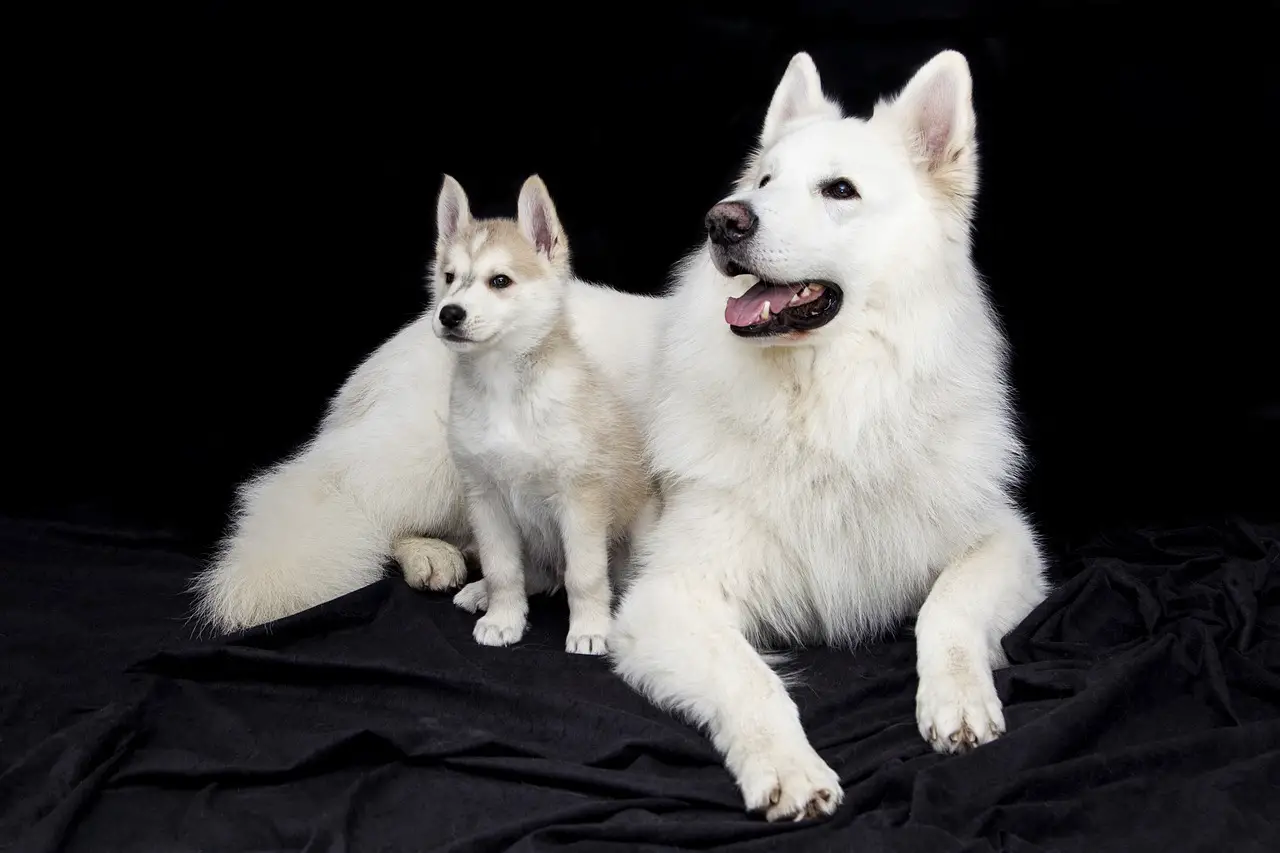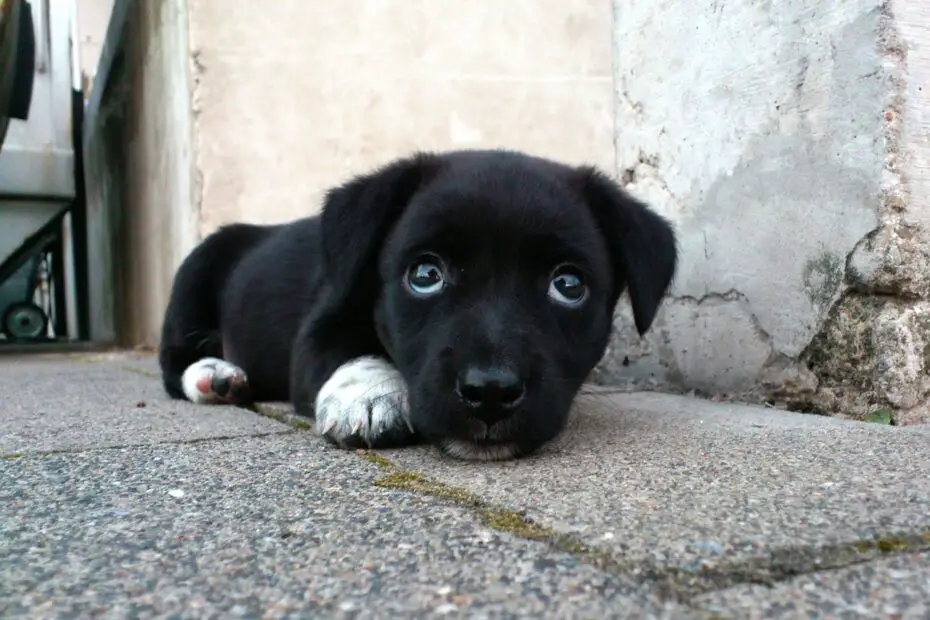The bond between humans and dogs is a beautiful and profound one, but it can sometimes lead to a common challenge: separation anxiety in dogs. Dogs are social animals, and they thrive on the companionship of their human family members. When left alone, some dogs may experience stress and anxiety, leading to destructive behavior and excessive barking.
In this blog, we’ll explore what separation anxiety is, its signs, and practical strategies to help your furry friend with dog separation anxiety.
You may also want to read about the best dog toys.
Understanding Dog Separation Anxiety
What is Separation Anxiety?
Separation anxiety in dogs is a behavioral condition characterized by excessive distress when separated from their owners or caregivers. It can manifest in various ways, from whining and barking to destructive chewing and house soiling. This condition is not a result of disobedience or lack of training but rather a reaction to the emotional distress of being apart from their human family.

Signs of Separation Anxiety
Recognizing the signs of separation anxiety is crucial for effective intervention. Common signs include:
- **Excessive vocalization (barking, howling, whining) when left alone.
- **Destructive behavior, such as chewing furniture or doors.
- **Pacing or restlessness.
- **House soiling, even in housetrained dogs.
- **Attempts to escape or dig at doors or windows.
- **Excessive drooling or panting when left alone.
- **Refusal to eat when separated from the owner.
- **Overly enthusiastic greeting upon the owner’s return.
Strategies to Help Your Dog Cope
1. Gradual Desensitization
One effective strategy for managing separation anxiety is gradual desensitization. This involves teaching your dog that being alone is not a negative experience. Start by leaving your dog alone for short periods and gradually increasing the duration over time. This process helps your dog build confidence and reduce anxiety.
2. Establish a Routine
Dogs thrive on routines, and having a predictable daily schedule can provide comfort and security. Establish set times for feeding, walks, play, and alone time. Consistency helps your dog understand when they can expect your return.
3. Create a Safe Space
Designate a safe and comfortable space for your dog when you’re not home. Use a crate, a gated area, or a specific room with their bed, toys, and water. This space should be associated with positive experiences and relaxation.

4. Interactive Toys and Puzzles
Provide your dog with interactive toys and puzzles to keep them mentally engaged while you’re away. Toys that dispense treats or hide kibble can be particularly effective in diverting their attention from your absence.
5. Exercise and Enrichment
Ensure your dog gets plenty of physical exercise and mental stimulation. A tired dog is less likely to experience anxiety. Engage in daily walks, playtime, and training sessions to keep their mind and body active.
6. Counterconditioning
Counterconditioning involves changing your dog’s emotional response to being left alone. Before leaving, offer treats, toys, or puzzles that your dog loves. This creates positive associations with your departure.
7. Gradual Departures and Returns
Practice short departures and returns without making a fuss. Avoid long, emotional goodbyes and enthusiastic greetings when you come home. Calm and low-key departures and arrivals can help your dog see these moments as routine.
8. Seek Professional Help
If your dog’s separation anxiety is severe or persistent, consider consulting a professional dog trainer or a veterinary behaviorist. They can assess your dog’s specific needs and provide tailored strategies and, if necessary, medication to alleviate their anxiety.
9. Medication
In severe cases of separation anxiety, medication prescribed by a veterinarian may be necessary. Medications like anti-anxiety drugs can help reduce the intensity of your dog’s anxiety, making behavior modification more effective.
10. Desensitization to Cues
Dogs are highly observant, and they can become anxious when they notice cues that signal your impending departure, such as putting on shoes or grabbing keys. Gradually desensitize your dog to these cues by using them without actually leaving. This helps break the association between these cues and your absence.
Avoid These Mistakes
1. Punishment
Never punish your dog for exhibiting separation anxiety. Punishment will only increase their stress and worsen the problem.
2. Overly Emotional Goodbyes
While it’s natural to miss your dog when you’re away, avoid making your departures and returns overly emotional. This can heighten your dog’s anxiety.
3. Crating for Extended Periods
Avoid crating your dog for long hours, especially if they associate the crate with confinement and isolation. Crates should be a safe and positive space.
Conclusion
Dealing with dog separation anxiety requires patience, understanding, and a combination of strategies tailored to your dog’s specific needs. Remember that separation anxiety is a treatable condition, and with the right approach, you can help your furry friend become more confident and comfortable when left alone. If you’re struggling to manage your dog’s separation anxiety, don’t hesitate to seek professional help to ensure your dog’s well-being and peace of mind.
